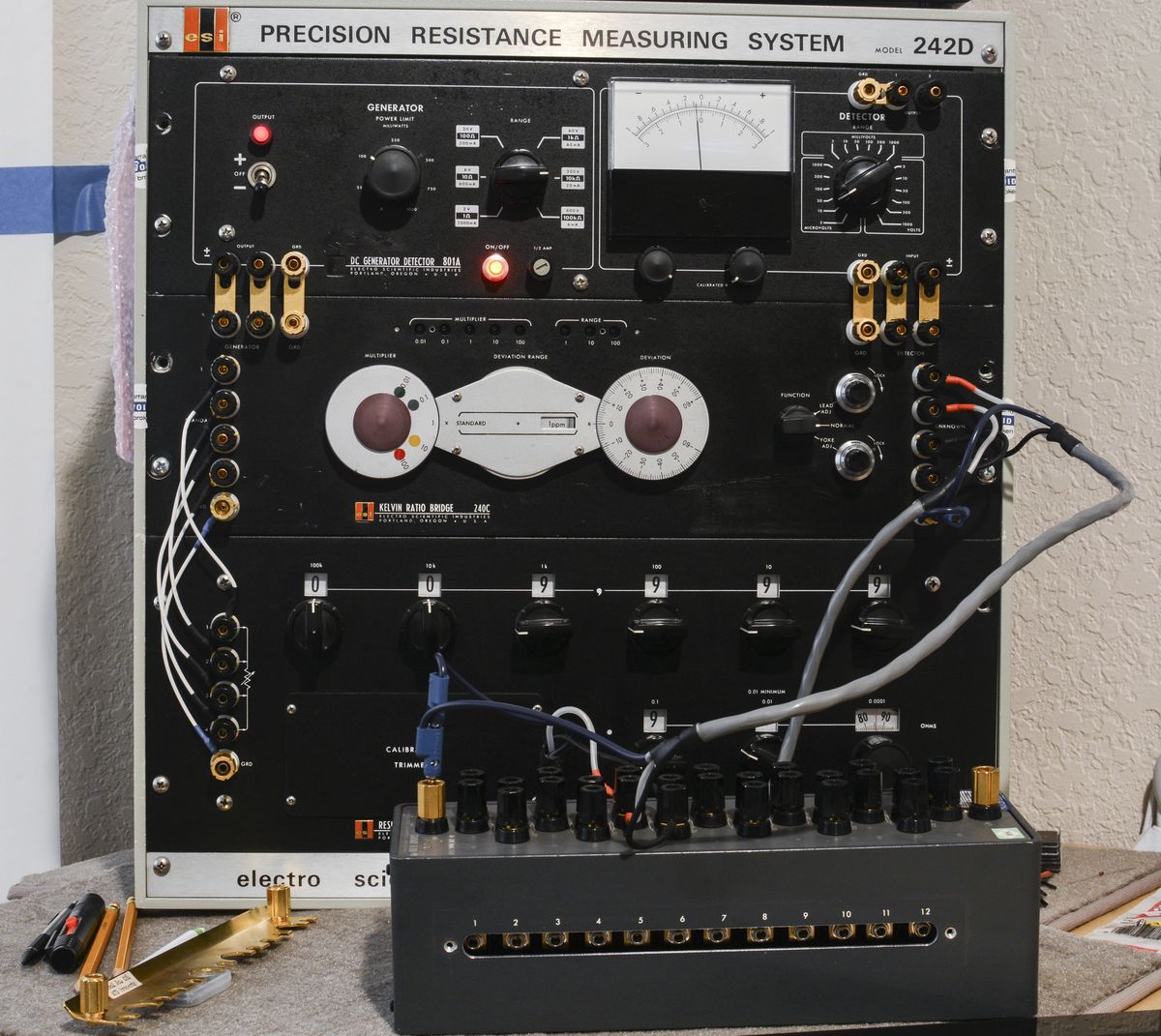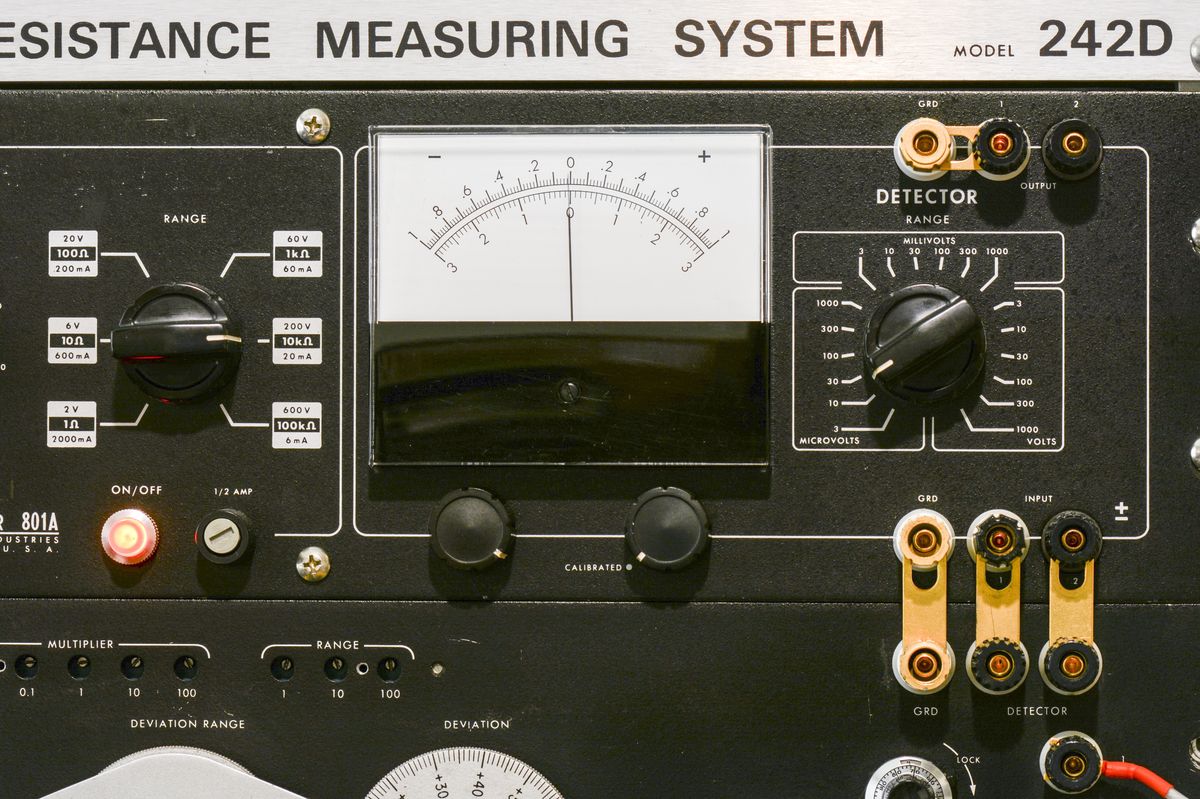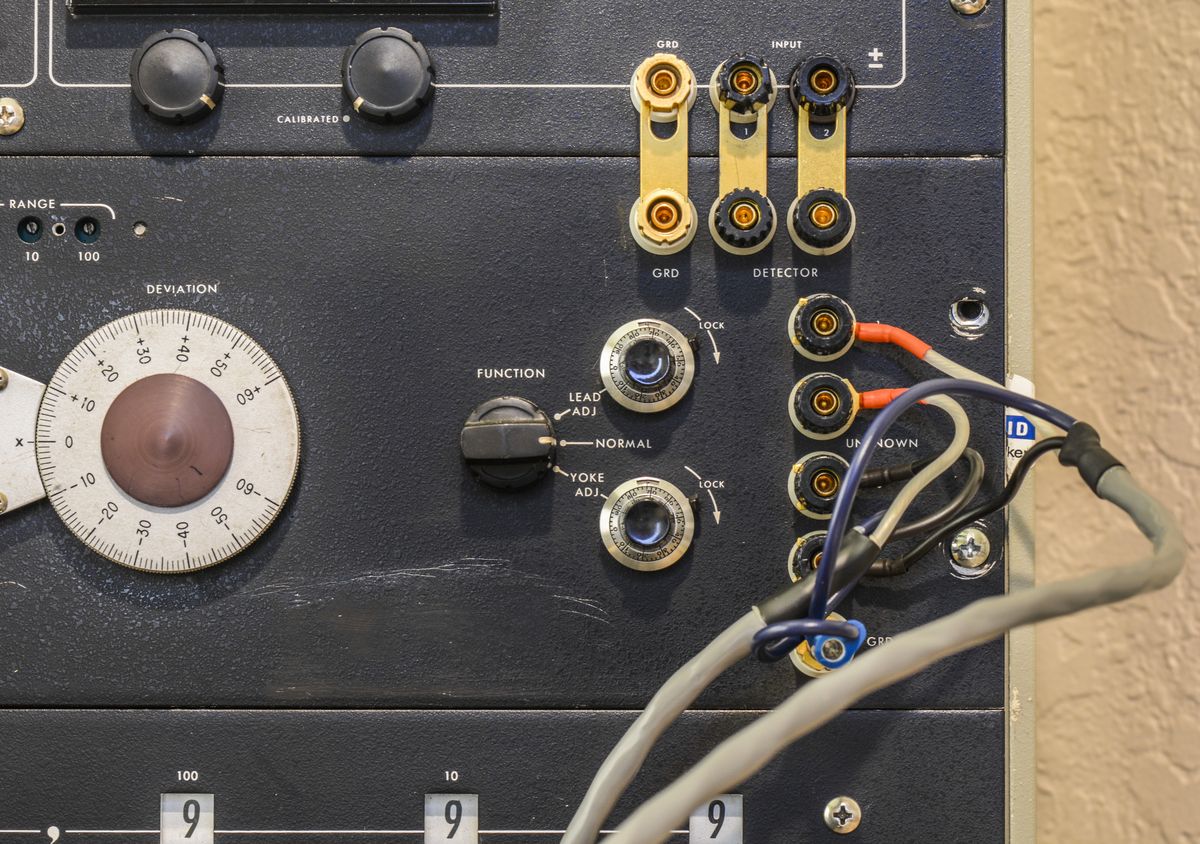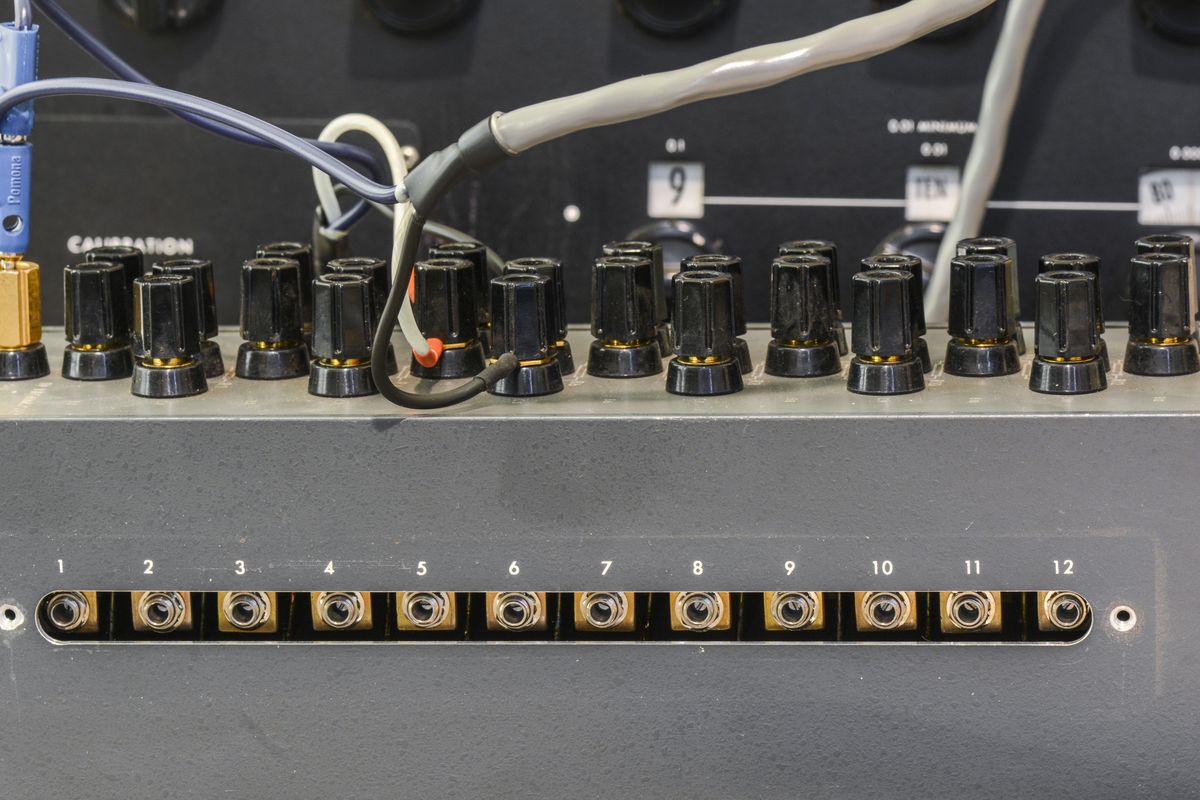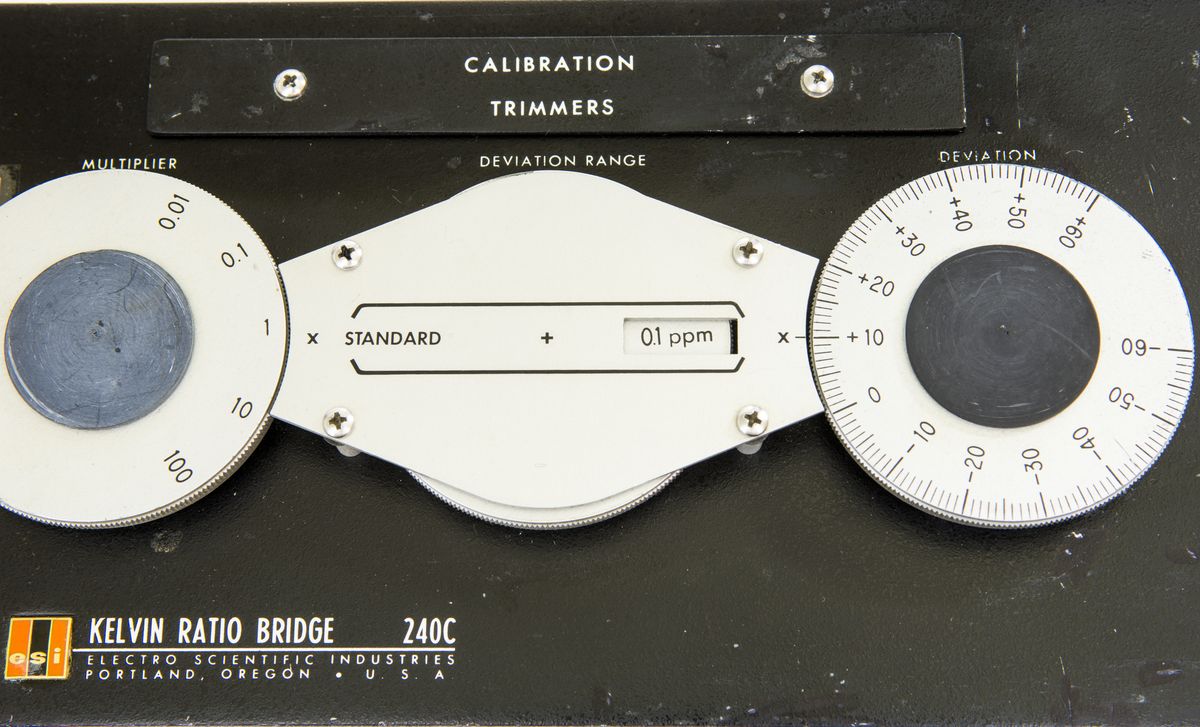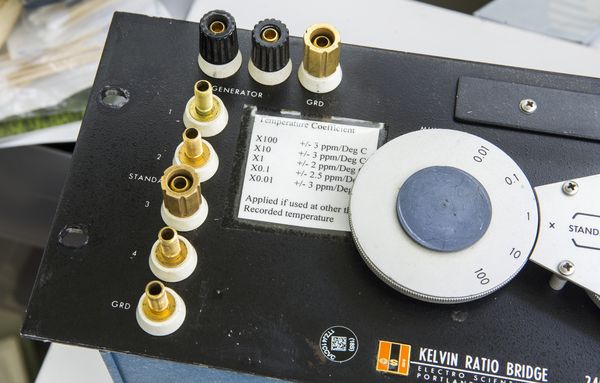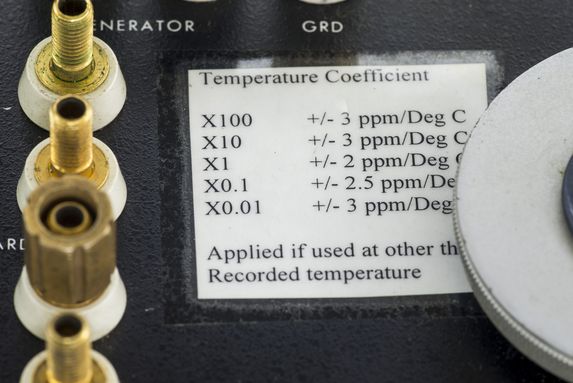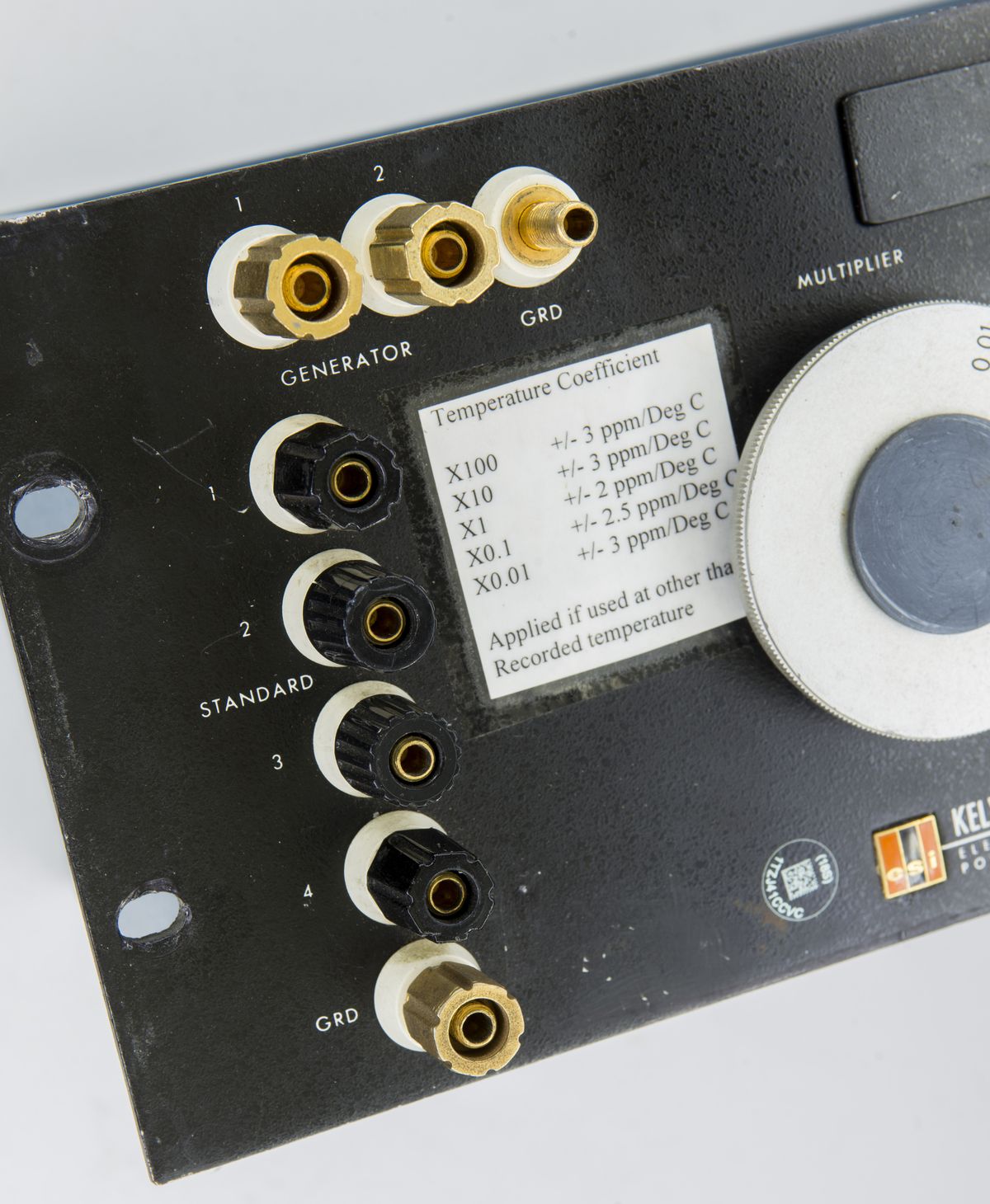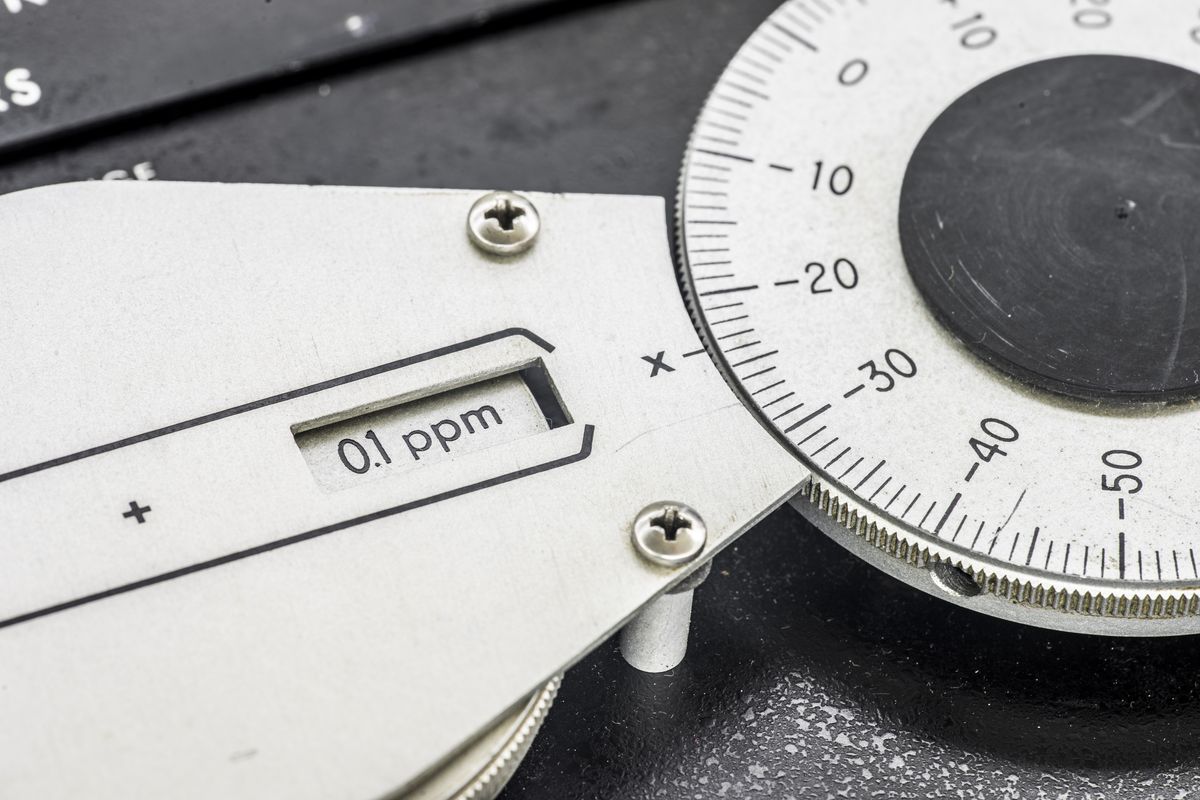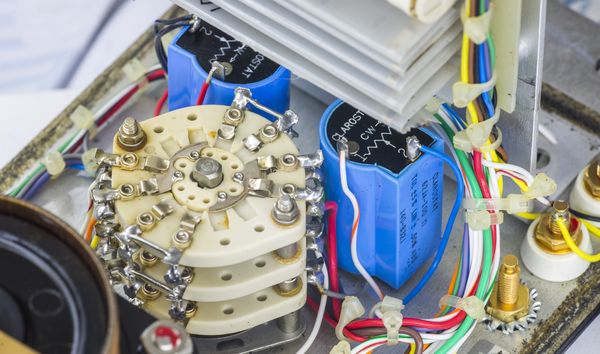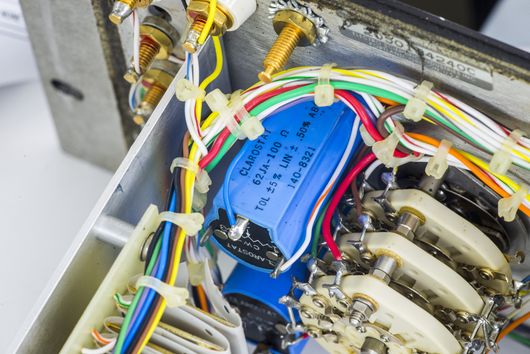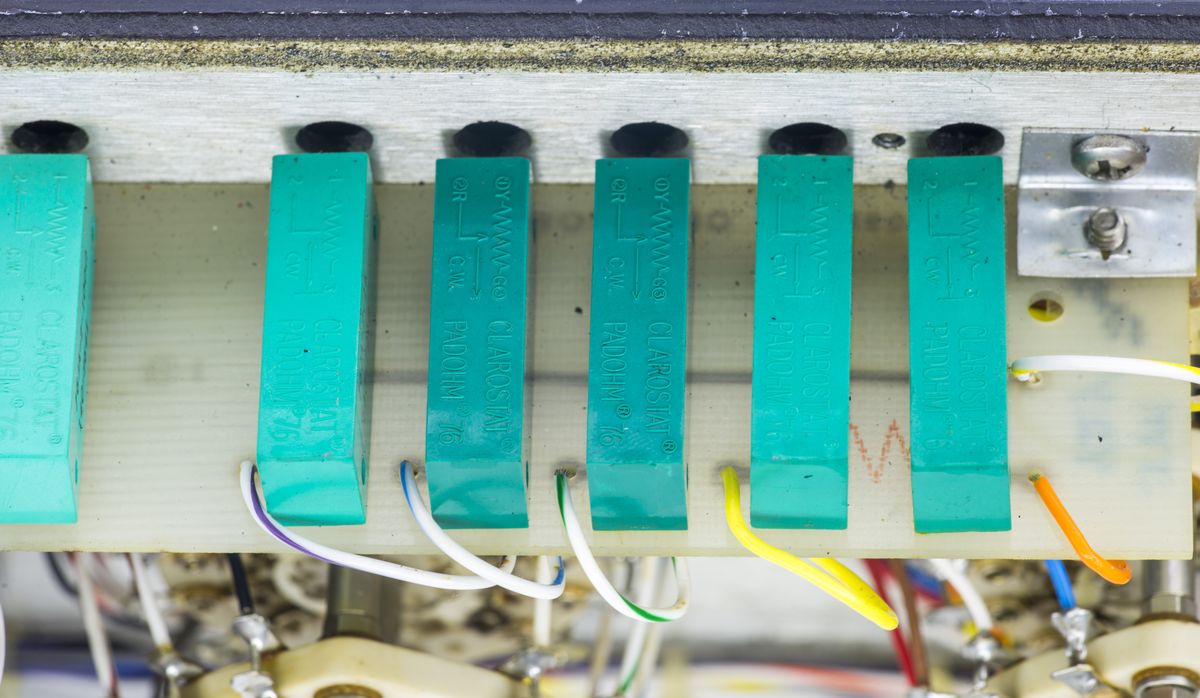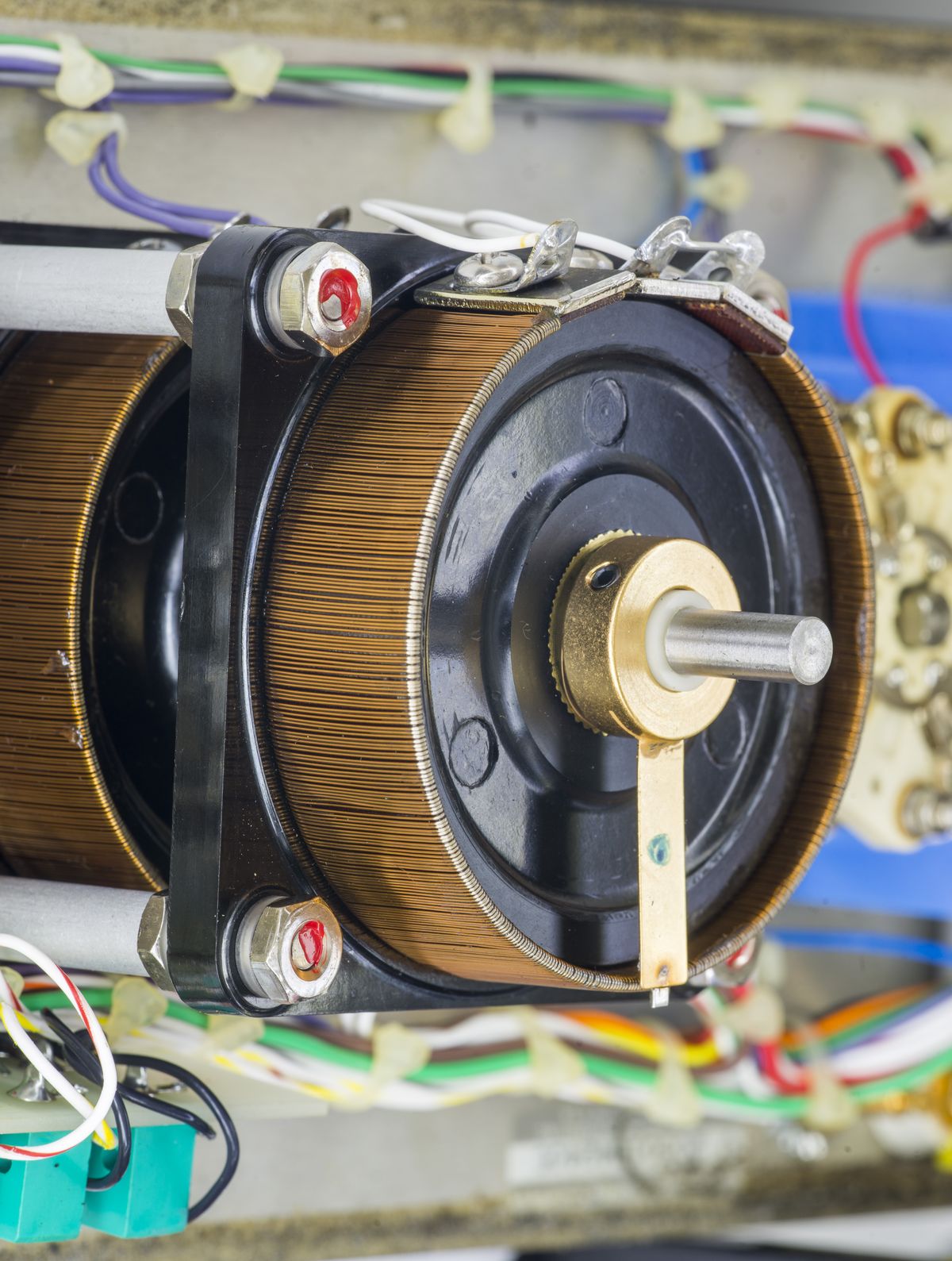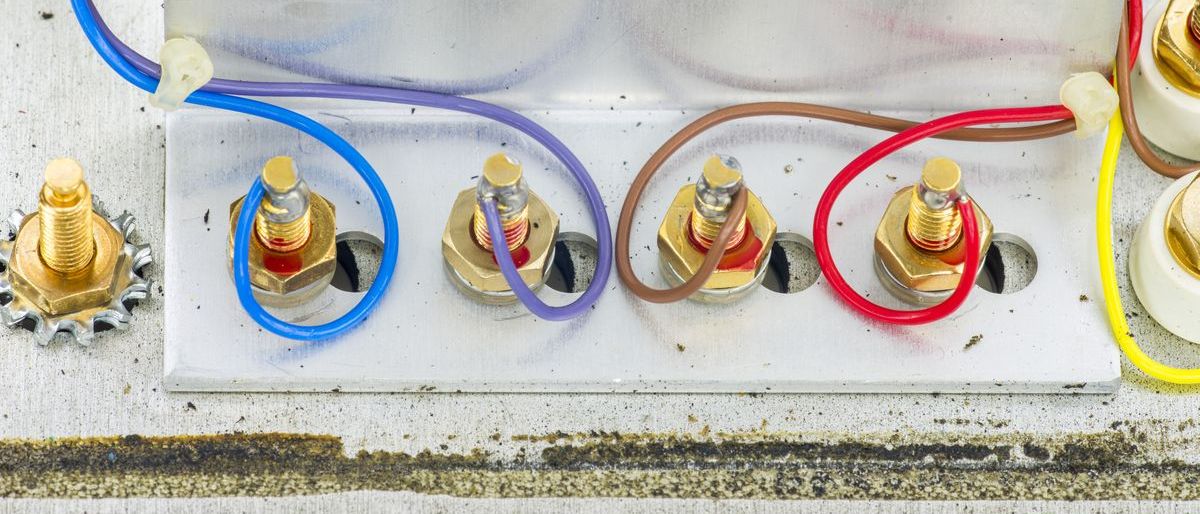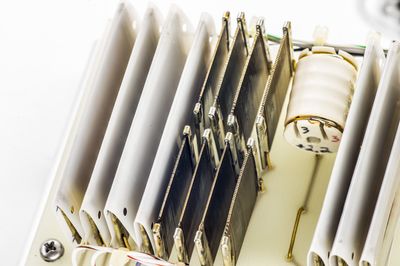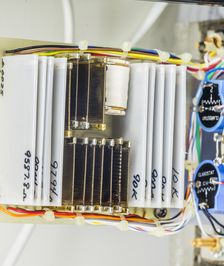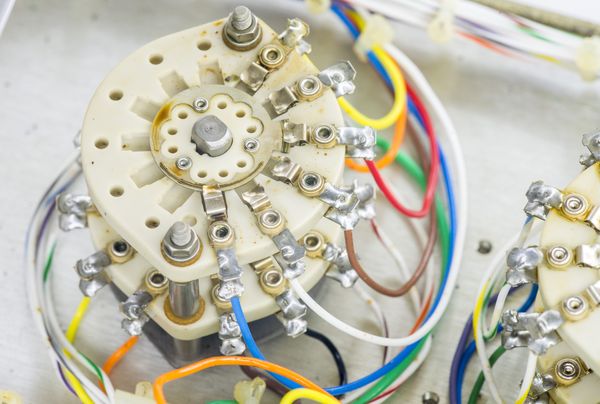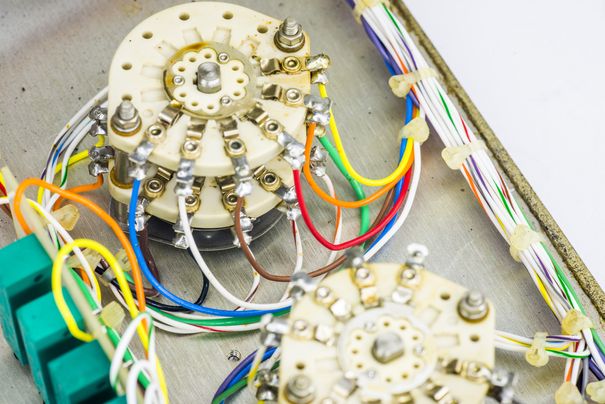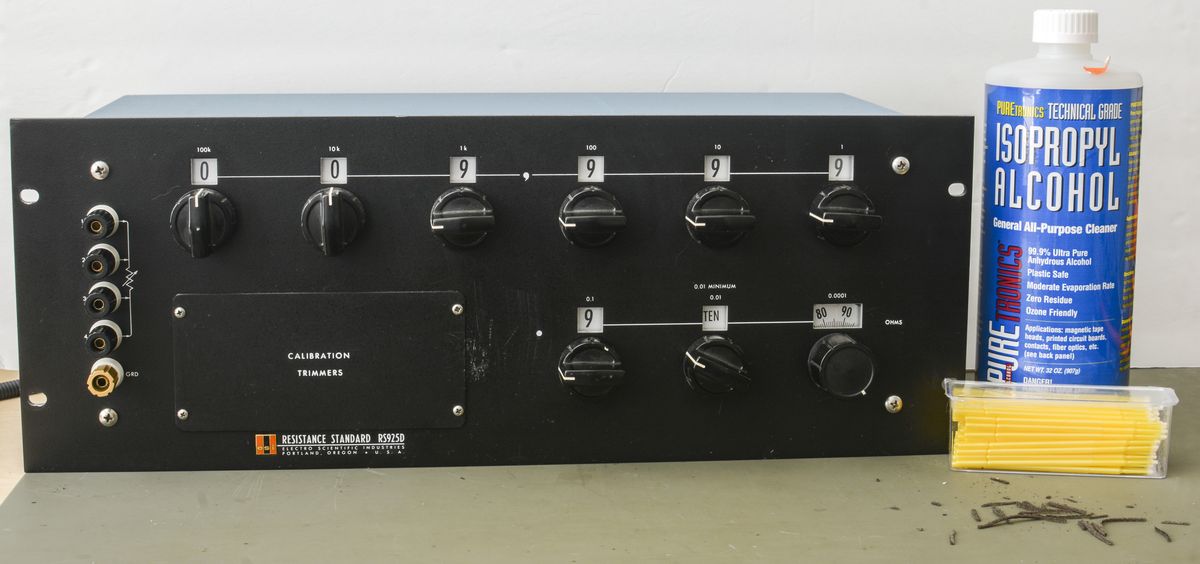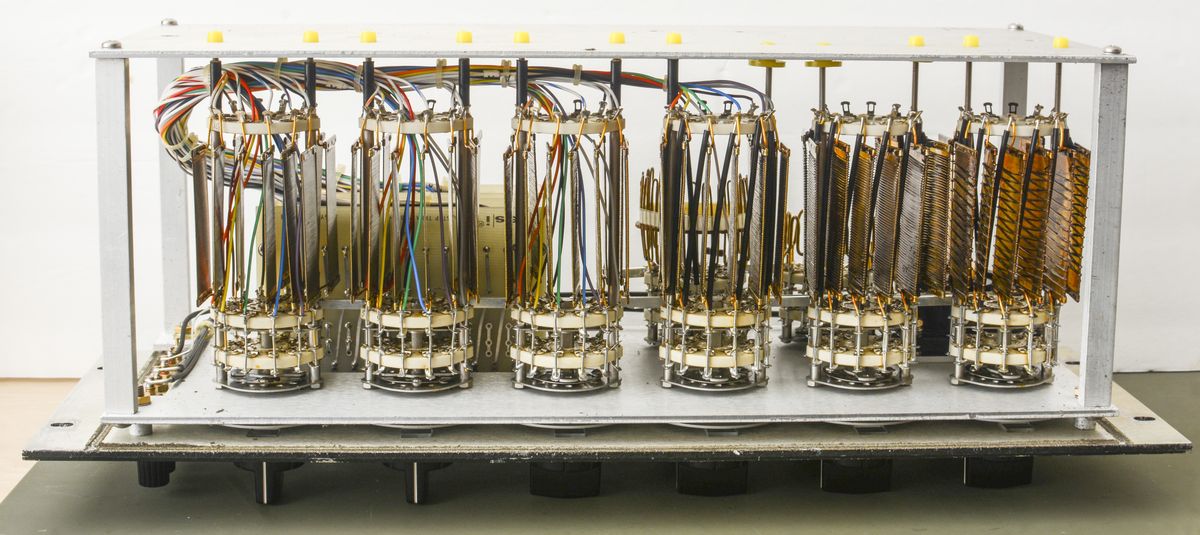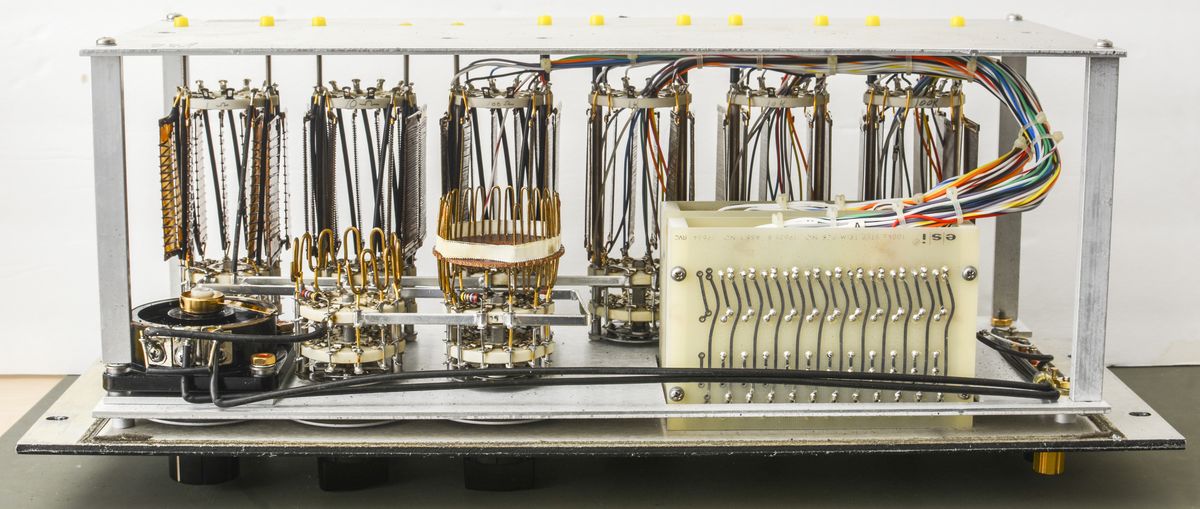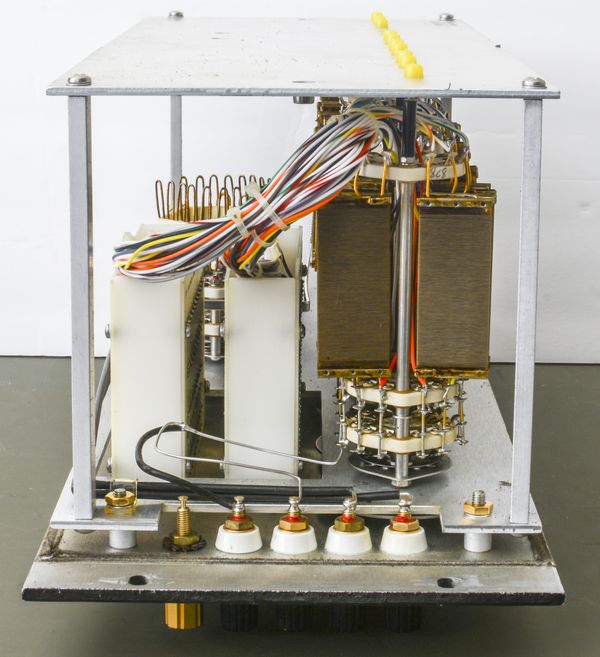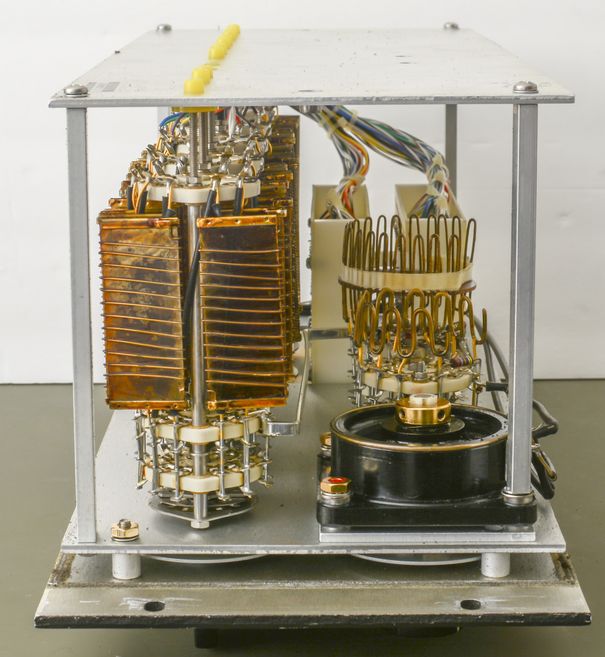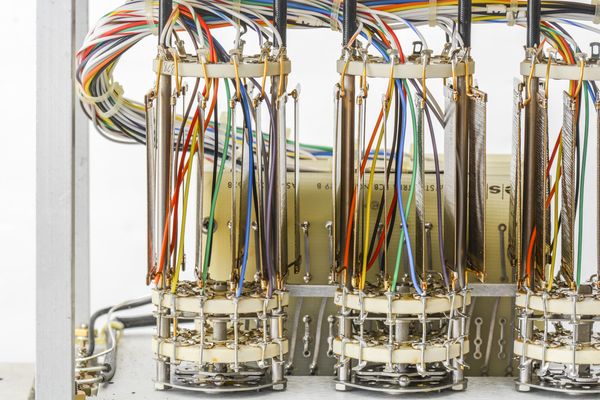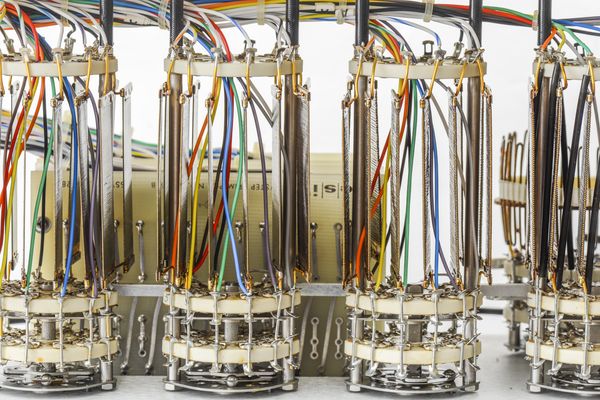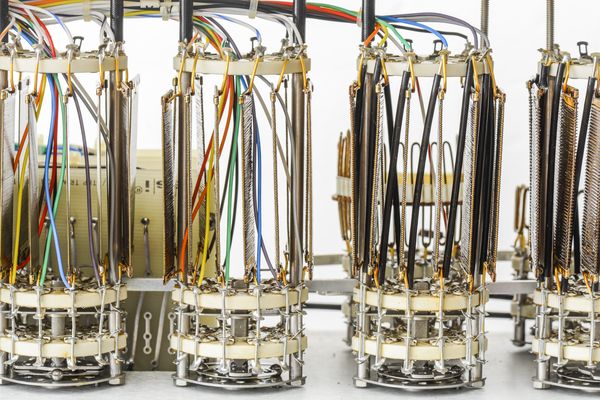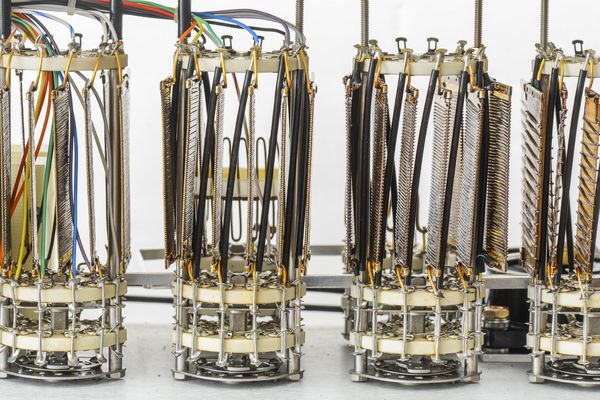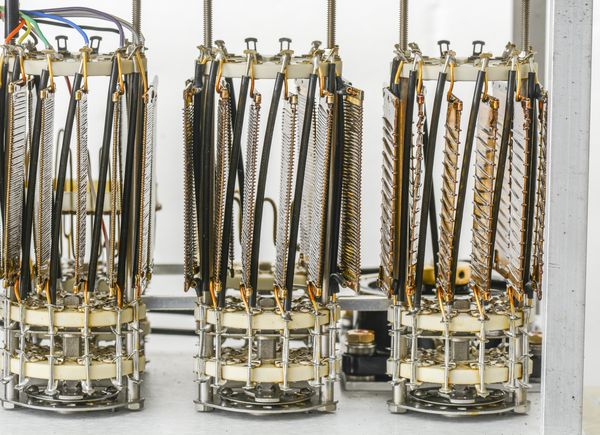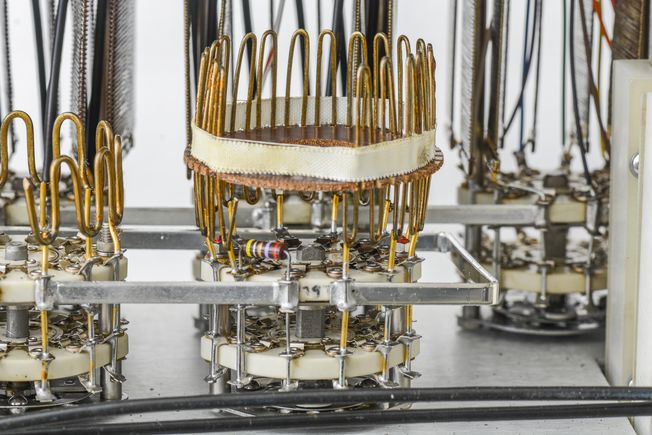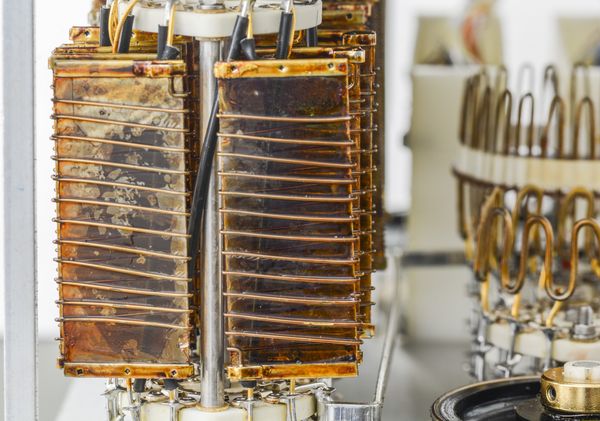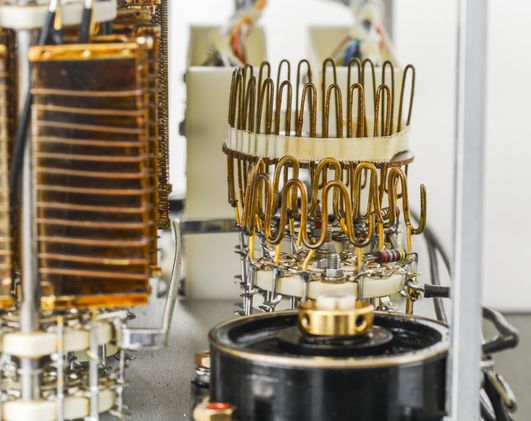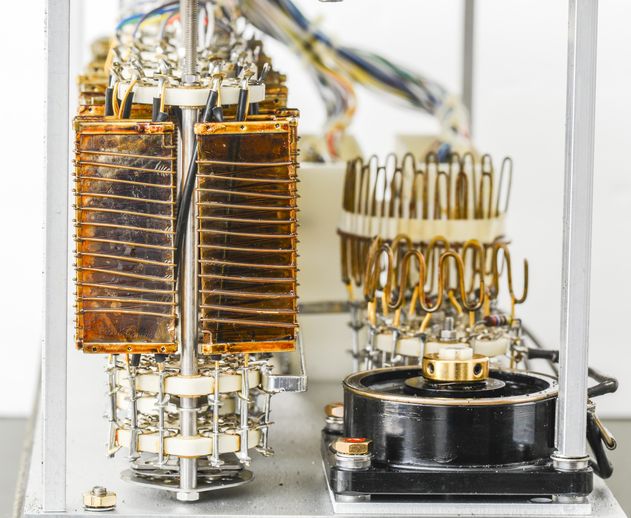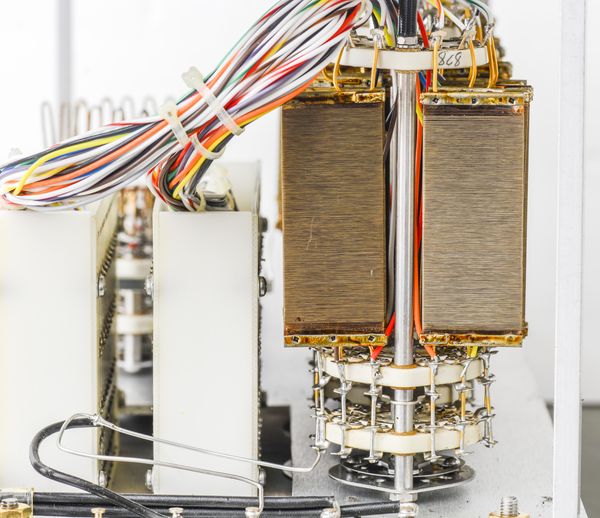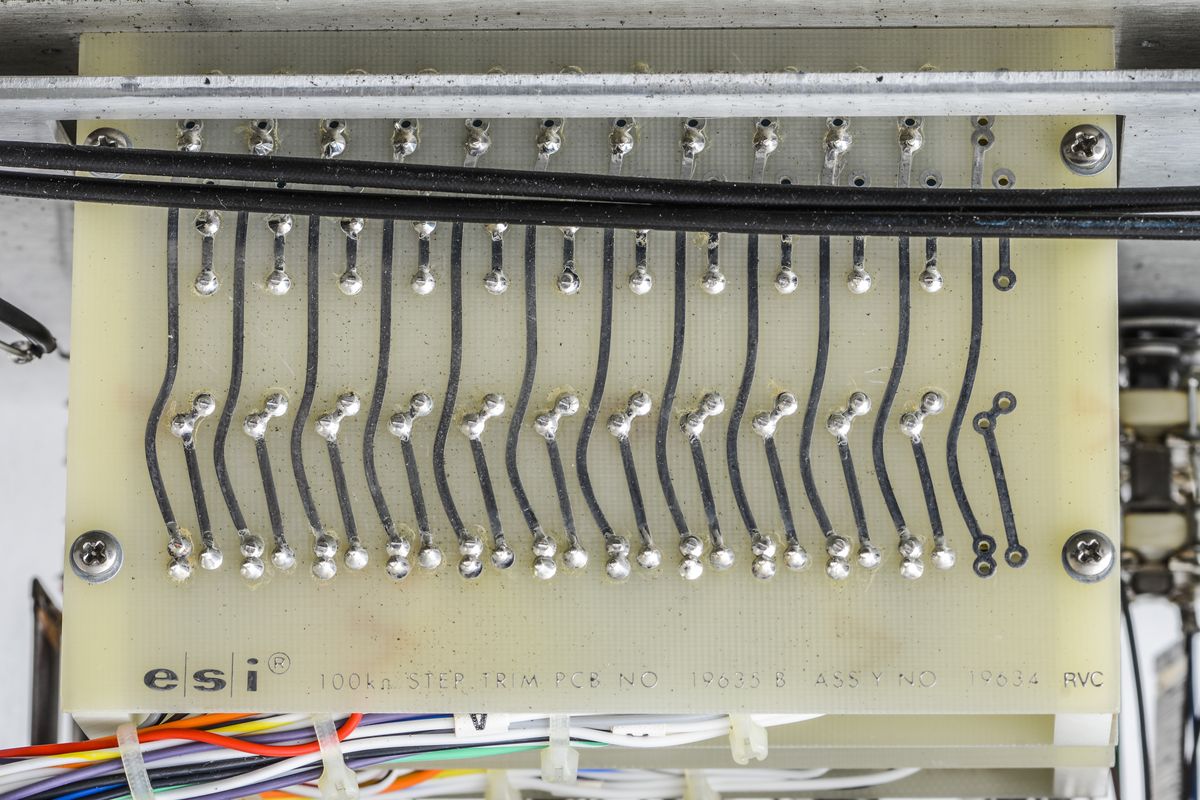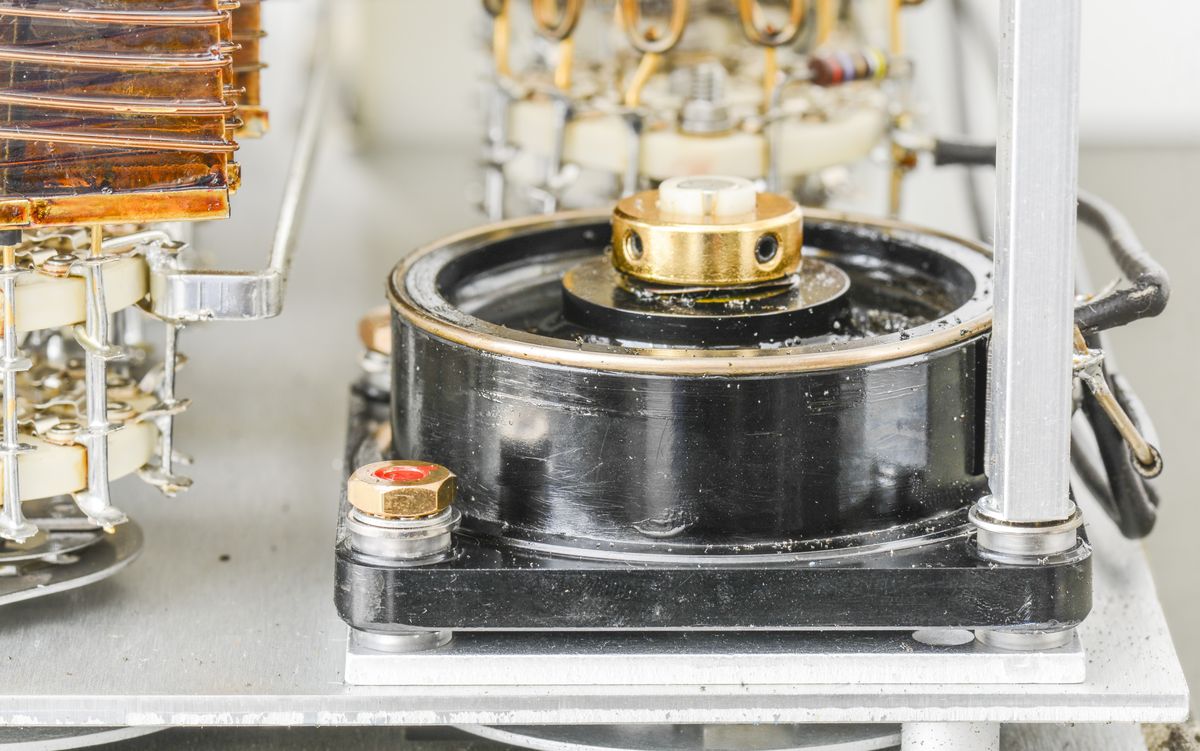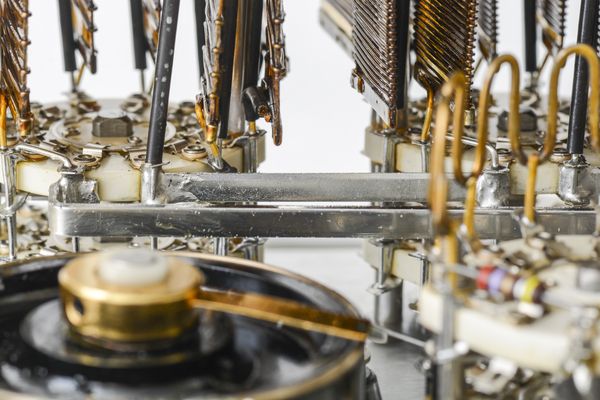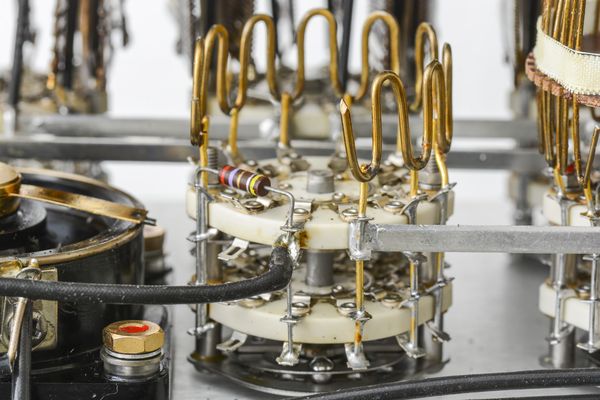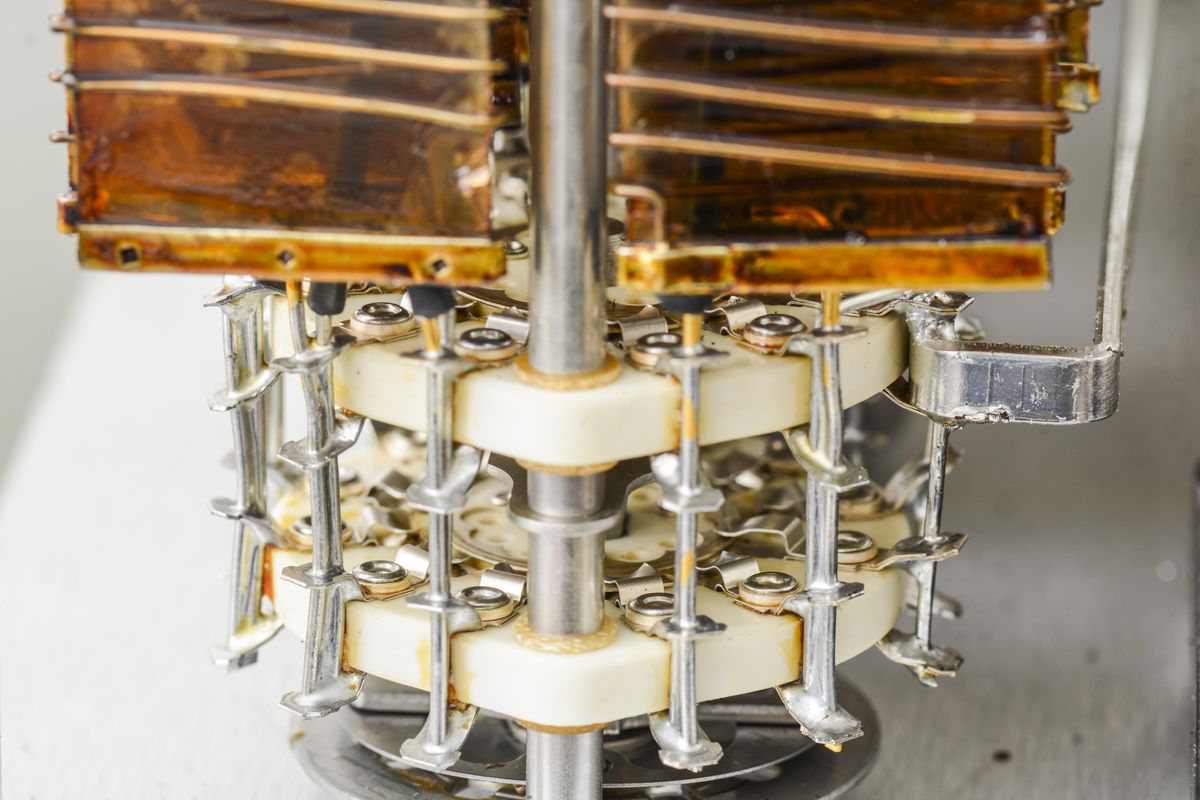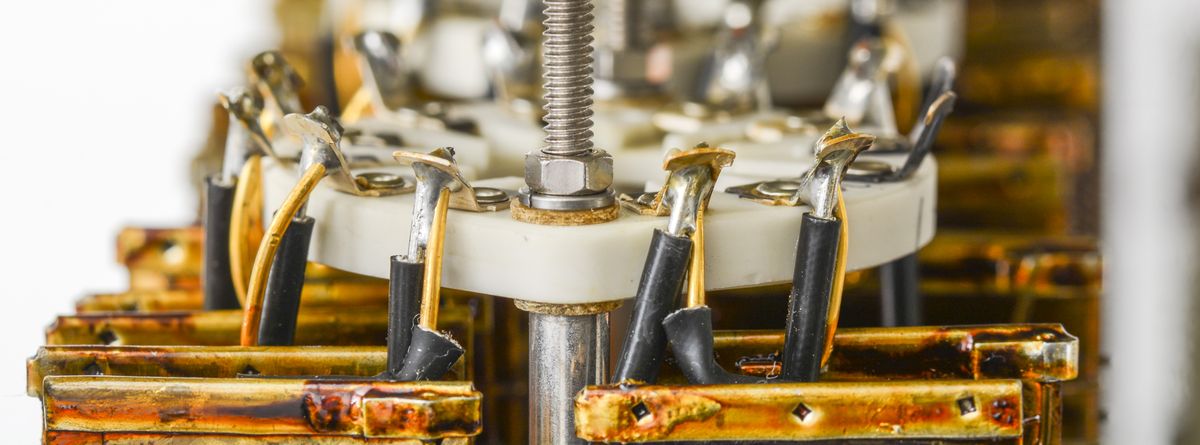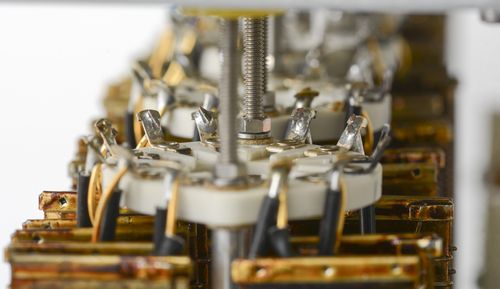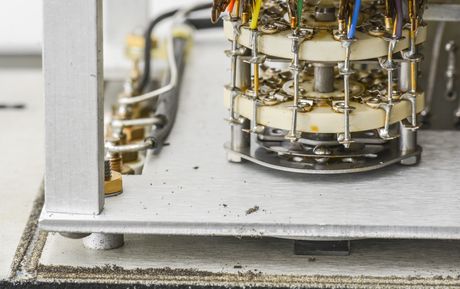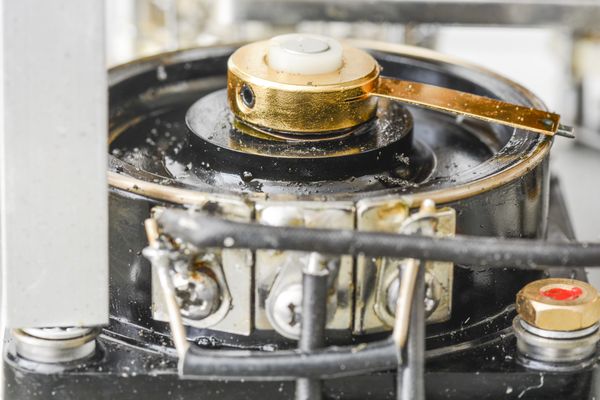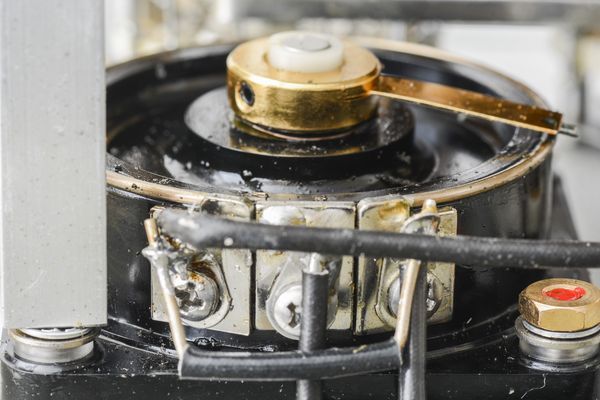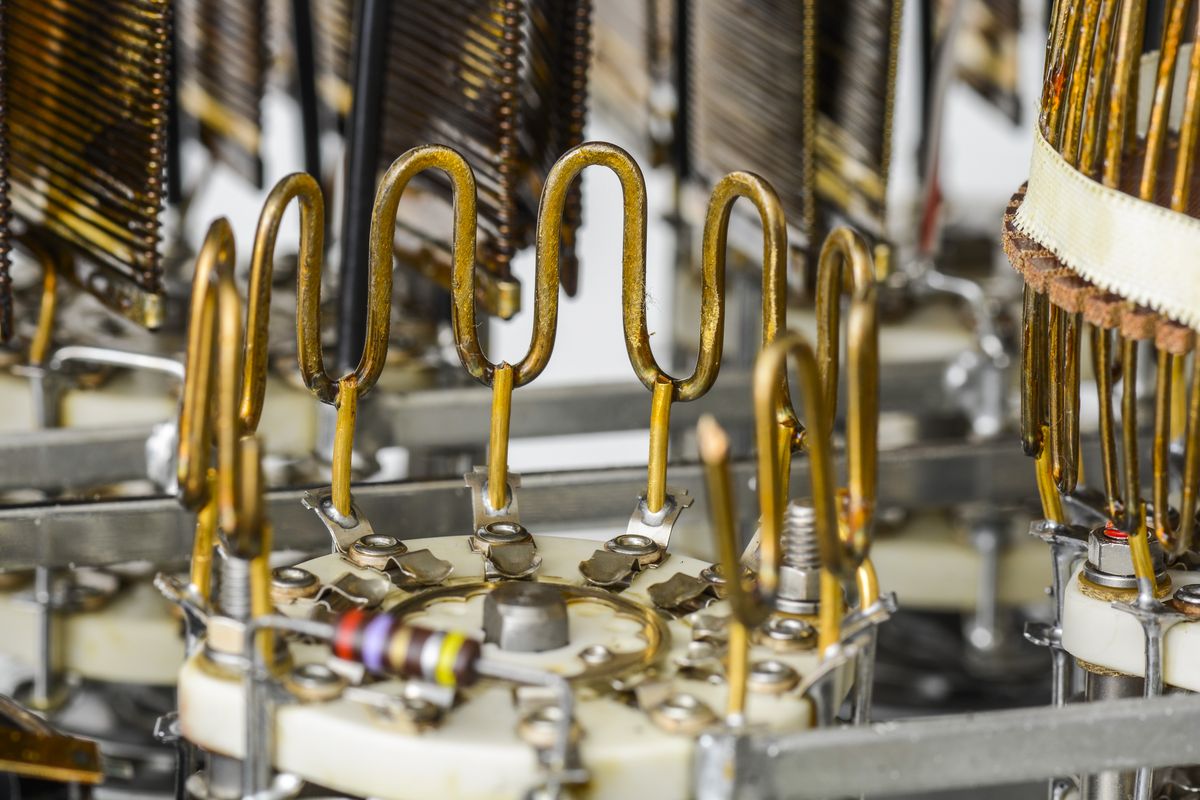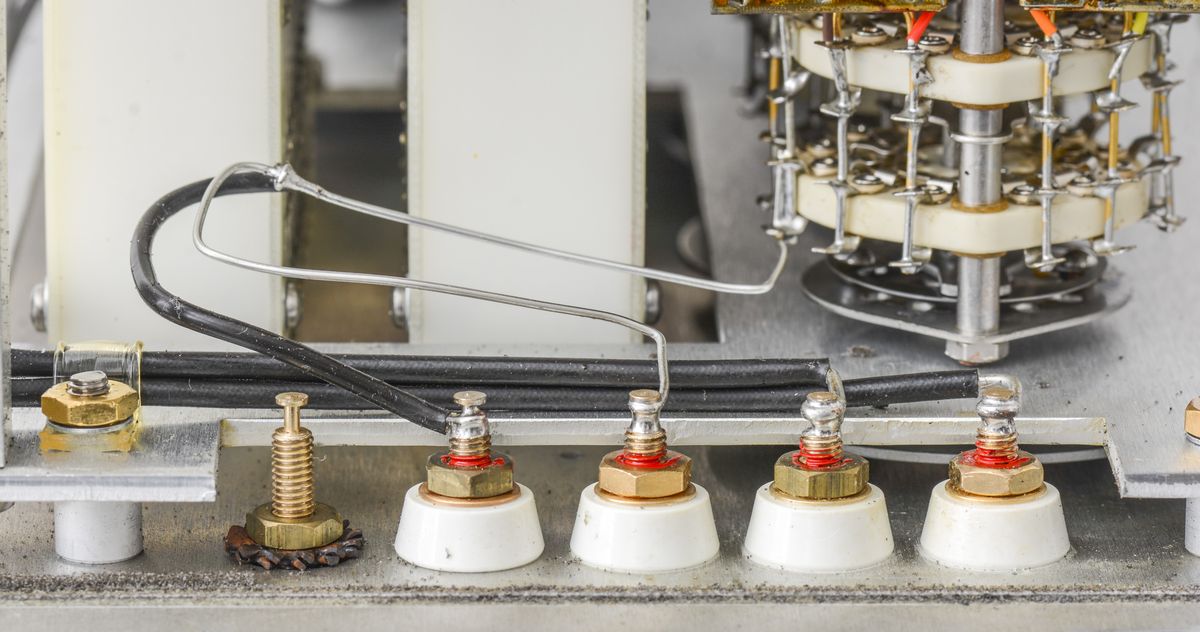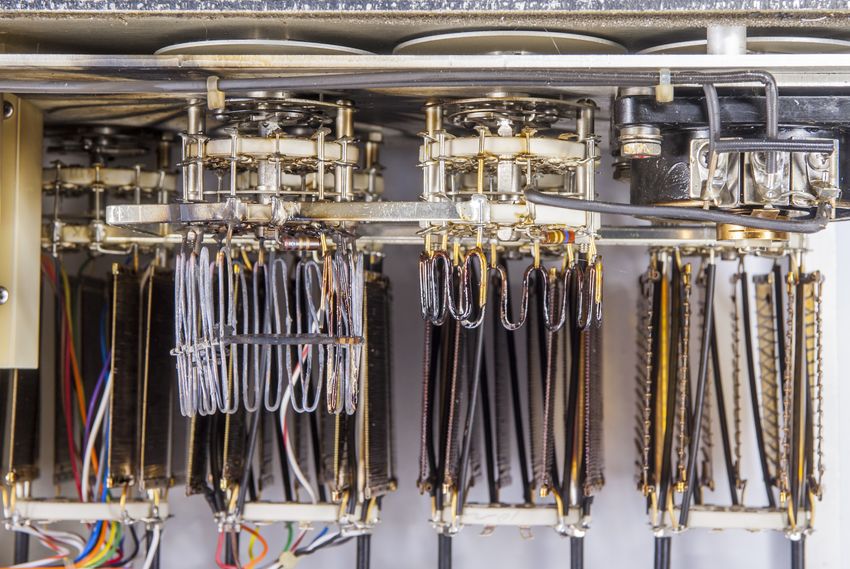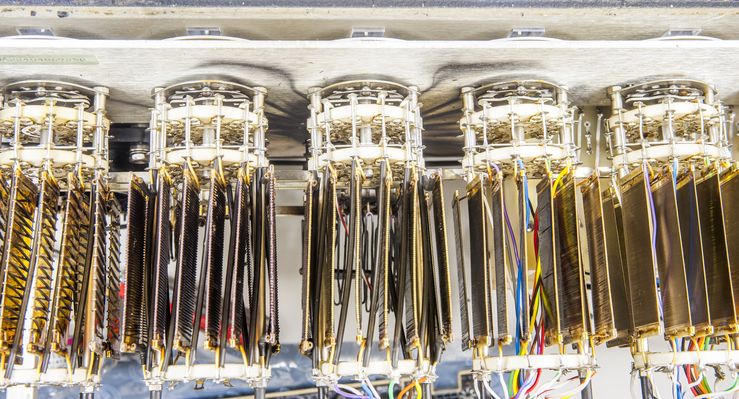Draft
Direct measurement
ESI 242C
ESI 242D
ESI 240C Kelvin Ratio Bridge
ESI RS925D 8-decade Resistance Standard
Service for RS925D
Removed all foam and adhesive along the rear perimeter of the face plate. Used compressed air to blow out loose debris.
Cleaned all switch contacts using IPA and put a thin coat of DeoxIT D100L on all the switches.
The 10 Ω decade switch was difficult to turn. The initial thought was that this was caused by gummed up grease in the ball bearings. The 100 Ω and 10 Ω decades had a yellow plastic isolator that was pushed in. They were pushed back into position like the other yellow caps. The function of the 10 Ω decade was now easy to turn and a light coat of petroleum jelly will be added to the ball bearings once it is purchased.
The vernier pot had small quantity of oil and debris stuck to the rear of the body. It did not appear to affect operation but it seems the oily substance could be from a previous cleaning as it was red in color.
All decades have four sets of contacts wired in parallel. The contacts closest to the front panel were the most difficult to clean. These should be closely inspected. My best guess is that the difficulty in seeing the contacts and their proximity to the ball bearings would be the biggest potential for early failure/issues in the switches.
The standard was connected to a 3458A in 2W mode and all switch positions were tested with no signs of fluctuating readings. The values were very close even in 2W mode. The vernier pot was tested in 4W mode and its operation was as expected.
TiN’s RS925D
Received as “Charcoal edition” :(. 0.1 Ω decade is burned to complete and full death.
DCCT way
DIY measurement
Modified: March 19, 2020, 6:58 p.m.

